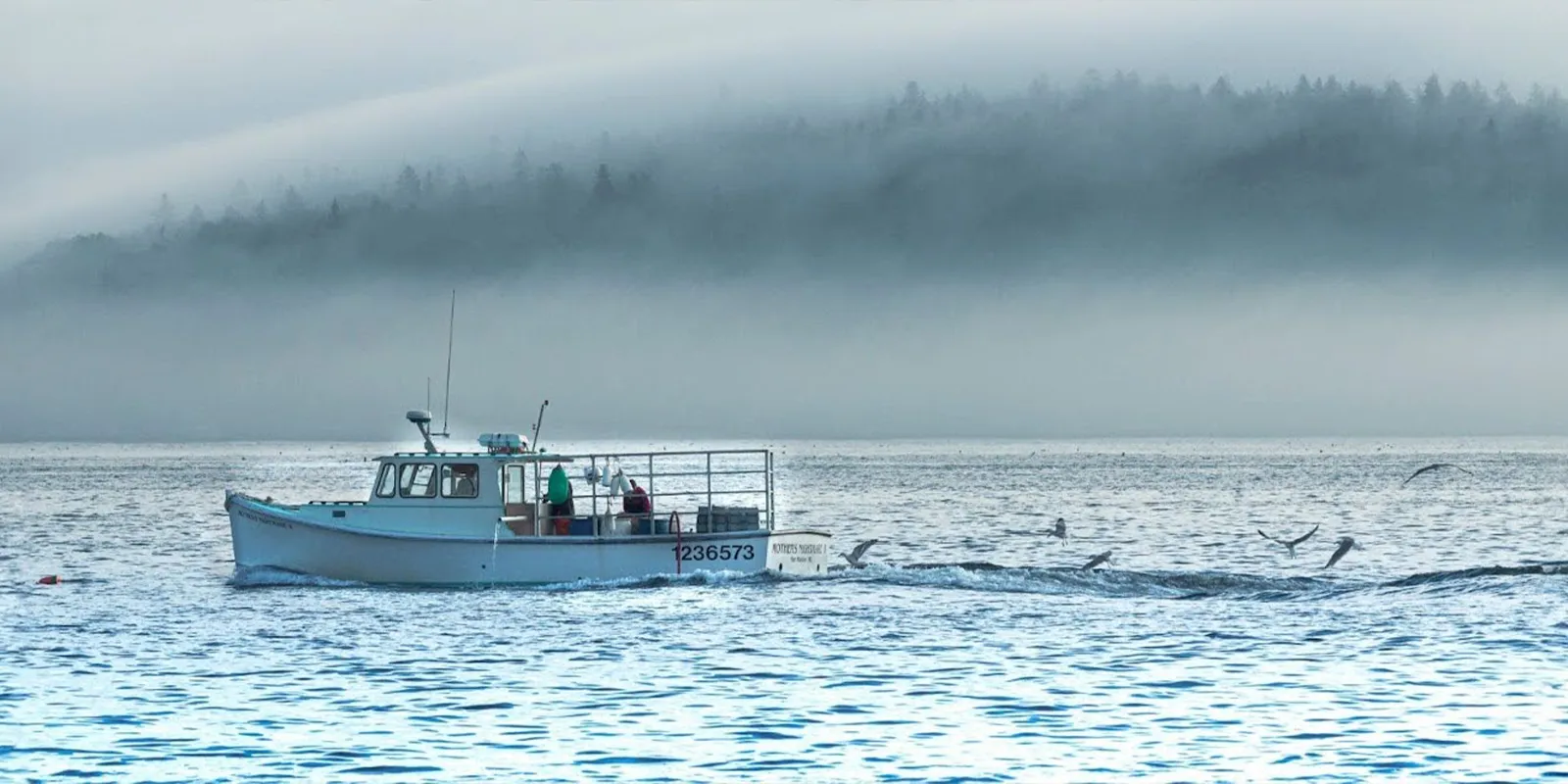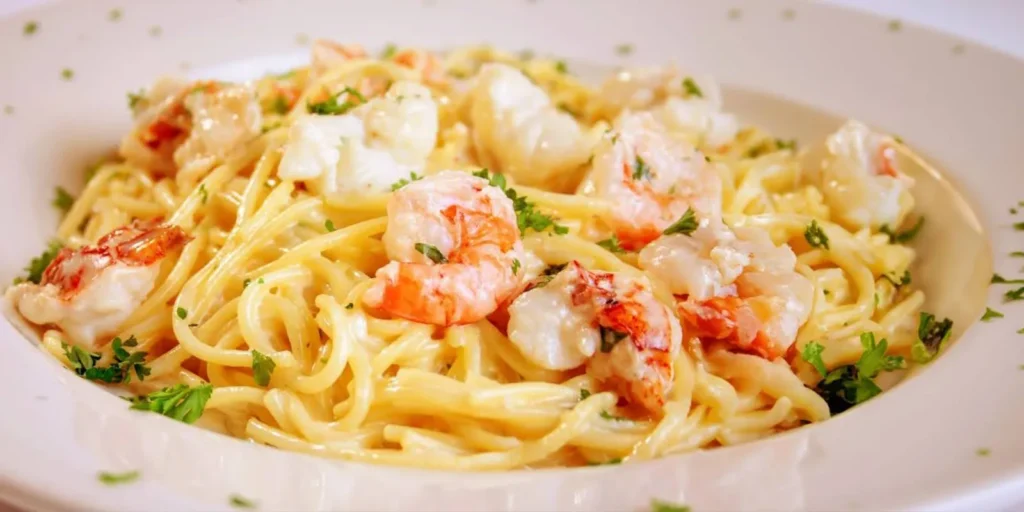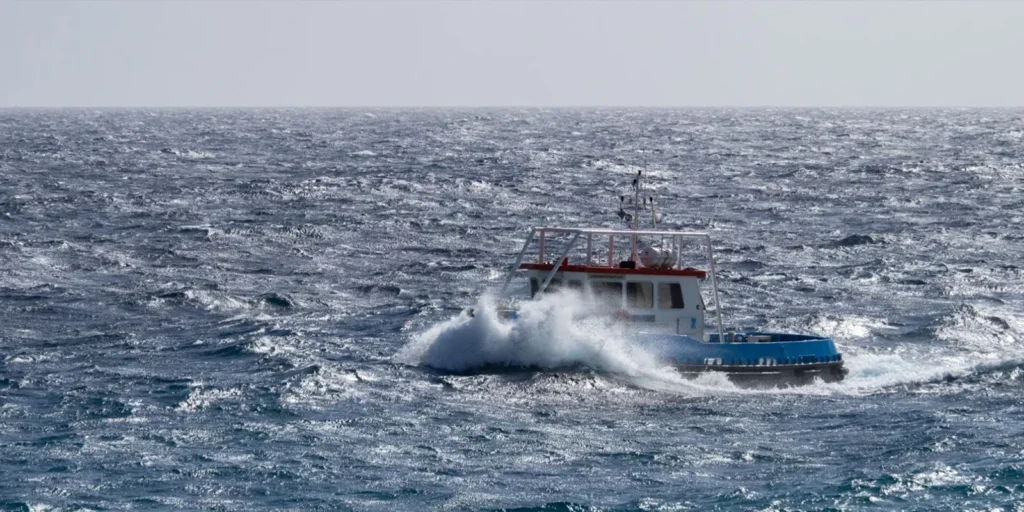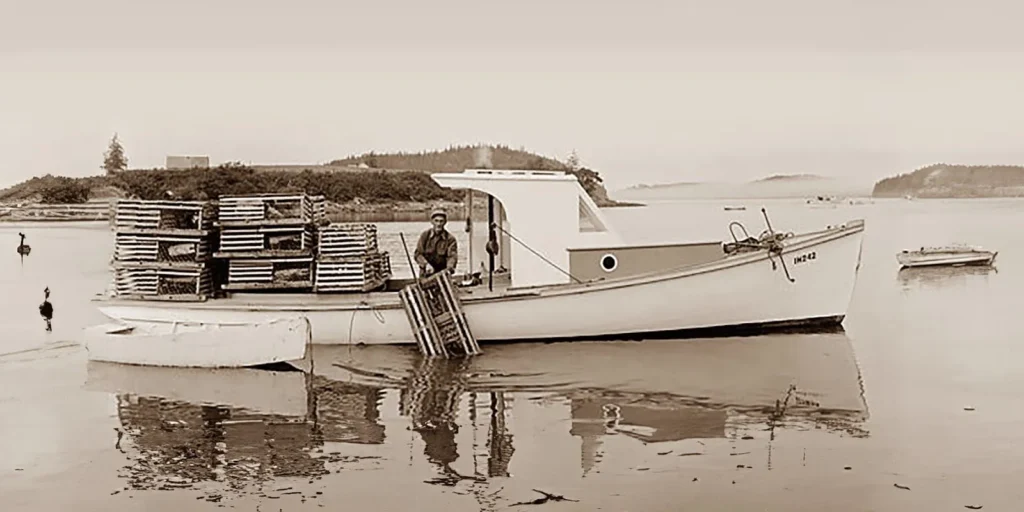
Federal & State Management of Maine Fisheries
The Maine lobster fishery is a significant and economically important industry, and its management involves both state and federal regulatory frameworks. Lobster fishing in Maine is primarily governed by the Maine Department of Marine Resources (DMR) at the state level and the Atlantic States Marine Fisheries Commission (ASMFC) at the federal level.
The State Fishery
Lobster fishing in Maine is managed within a three-mile boundary by the state Department of Marine Resources. It develops and enforces regulations based on scientific data and input from industry stakeholders. There are about 3500 state of Maine licensed lobstermen. State lobstermen are limited to 800 traps each, depending on which zone they are in. The size of the lobsters they land is regulated; they cannot have a carapace less than 3 1/4 inches or more than 5 inches in length. Where a lobsterman can fish is managed by zones.
The size limits imposed on harvested lobsters aim to safeguard juveniles and promote the reproductive health of the population. In addition, lobstermen employ a conservation practice known as V-notching. If a female lobster carrying eggs is captured in a lobster trap, it is marked with a V on its tail and released back into the water. This V-notch marking remains visible for up to three molts, or approximately two to three years. If a lobster with a V-notch is captured by another lobsterman, it must be returned to the water until the V-notch has disappeared completely. Landing a lobster with a V-notch can lead to a hefty fine!
Maine’s lobster zone management plays a vital role in the state’s commitment to sustainably regulate its profitable lobster fishing industry. The coastal areas are divided into seven lobster zones, identified as A through G. Each zone is subject to specific criteria, determined collaboratively by the zone councils and the DMR. These criteria include things like regulations on the number of lobster traps a fisherman can use in a zone, limitations on the number of lobstermen within the zone, and potential closures within the zone.
The Federal Fishery
The Atlantic States Marine Fisheries Commision (ASMFC) is a group of Atlantic coastal states that manages various fisheries along the Atlantic coast like striped bass, Atlantic menhaden, flounders, and of course, lobster. The ASMFC collaborates with the National Marine Fisheries Service (NMFS) under the Department of Commerce to regulate and supplement state policies. These federal policies serve as a baseline that states can adopt or adapt to meet their specific needs, though state rules must be more stringent than federal rules.
In order for lobstermen to participate in the federal lobster fishery, they must purchase a federal lobster permit. There are about 1500 federally permitted lobstermen in Maine. These federal lobstermen must also hold a state lobster license in order to land their lobster in Maine, and they must abide by the Maine rules for lobster fishing.
The management of Maine’s lobster industry is a balance between state and federal agencies, working in concert to preserve the vital resource that sustains Maine’s fishing communities. Within this framework, Maine lobstermen strive to maintain a thriving lobster industry that balances economic prosperity with ecological responsibility.
If you’re looking to savor the amazing taste of Maine lobster, we invite you to partake of the unparalleled seafood products we have to offer at ShopLobster. You will not only get to experience the incredible flavor of Maine lobster, you will also contribute to the success of Maine’s iconic lobster fishery by supporting the local fishermen who engage in these sustainable practices every day.











